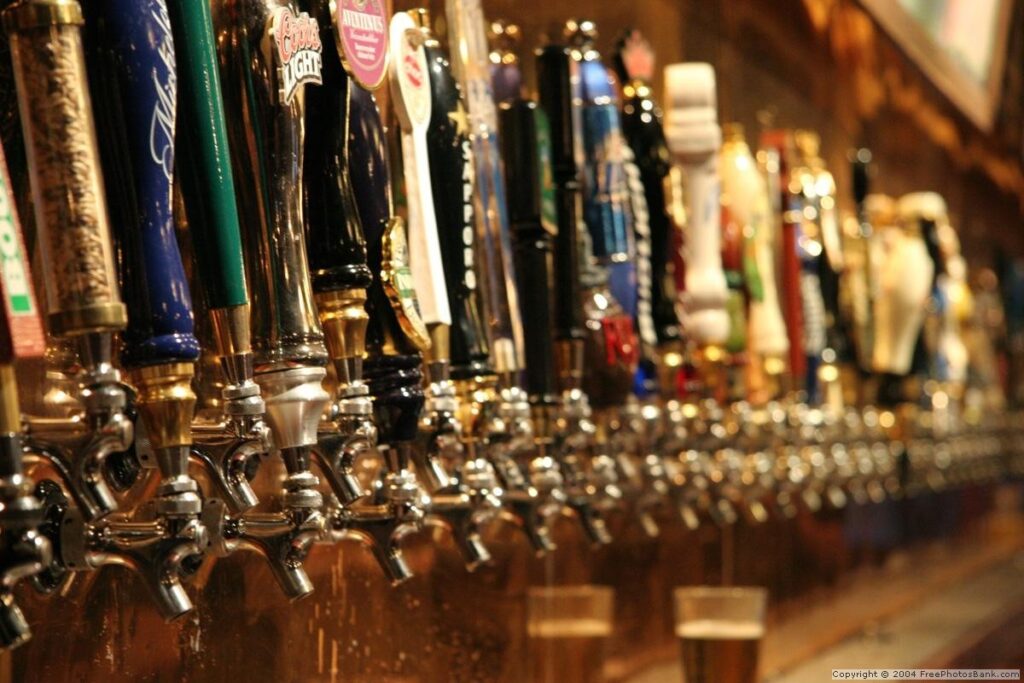Michigan’s recently-deceased film subsidy program showcased the lure of the California dream — movie productions dotting the state, creating economic miracles everywhere they appeared.
That particular vision did not come to pass, but there are better ways Michigan can meet, emulate or exceed California’s achievements and industry. After all, Michigan has more coastline, more fresh water and more craft breweries per capita than the Golden State.
Michiganders aren’t alone in noticing and capitalizing upon the rise of craft brew. According to the Brewer’s Association, a group that promotes the interests of craft brewers, only the District of Columbia and Oklahoma saw their number of craft breweries fall between 2013 and 2014. Nevertheless, Michigan makes the top ten in a couple metrics that mean a lot: sixth in the number of breweries (159 in 2014) and tenth in economic impact ($1 billion in 2012).
California comes in at number one on both lists, multiplying both Michigan’s economic impact and total number of breweries roughly by four. Michigan probably can’t beat those numbers, but it doesn’t have to — a terribly scientific ranking of the 50 states (“definitive and final,” according to Thrillist.com) recently rated Michigan number one, based partly on the close proximity of craft brewing power-houses Bell’s and Founders. Grand Rapids recently began marketing itself as “Beer City.”
Clearly, the craft brewing industry is doing well — but it could be even better. Reducing the regulatory burden the state imposes on craft brewers could create even more economic activity and better marketing for the state as a whole. Compared to the states above it on the Brewer’s Association economic impact rankings, Michigan charges high licensing fees compounded by high excise taxes. Most of these states strike a balance between the two, with high licensing costs and lower taxes, or vice versa. Michigan, meanwhile, has the third highest taxes and the third highest potential licensing fees of the top ten.
A microbrewer in Michigan who produces 25,000 barrels a year will pay $1,000 for his annual license. He must also pay $6.30 in excise tax for each barrel, for a total of $158,500. In Ohio (which ranks eighth in the country with $1.1 billion in economic impact in 2012), the licensing fee would remain the same, but the tax on each barrel would be only $5.58 — $18,000 less than Michigan. And in Colorado, the same license would cost just $300, and each barrel would require only $2.48 in excise taxes. For those keeping track at home, that’s an annual excise tax and licensing burden of just $62,300. Small wonder Colorado has so many microbreweries per capita and $1.5 billion in annual economic impact.
Perhaps a bigger burden on Michigan’s craft brewers is the state’s beer and wine wholesaler monopoly. The law states that craft brewers may market and transport their product directly to restaurants and stores, but only if they produce 1,000 barrels a year or less. Once a microbrewery exceeds that limit, it must contract with a wholesaler to transport all of its products – a closed market that is notoriously inflexible.
Craft brewing shows no signs of slowing down or losing popularity. If Michigan’s regulators and legislators get on board, it will only improve the industry’s potential for growth. We can all raise glass to that.
Geneva Ruppert ([email protected]) is a communications associate at the Mackinac Center for Public Policy. An earlier version of this news release was published at http://www.mackinac.org/21550. Used with permission.




